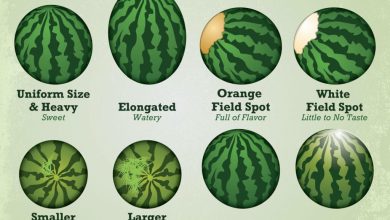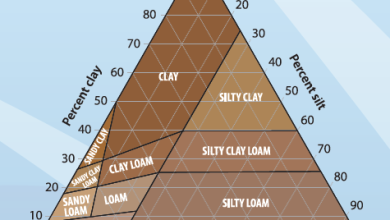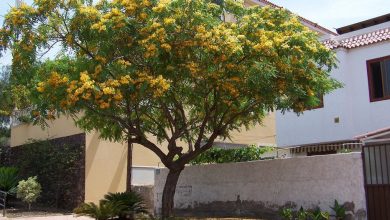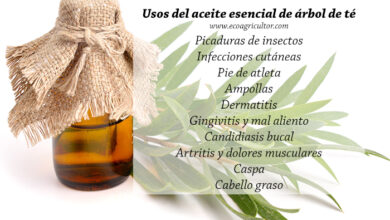Yellow Spots on Plant Leaves: Causes and Ecological Solutions
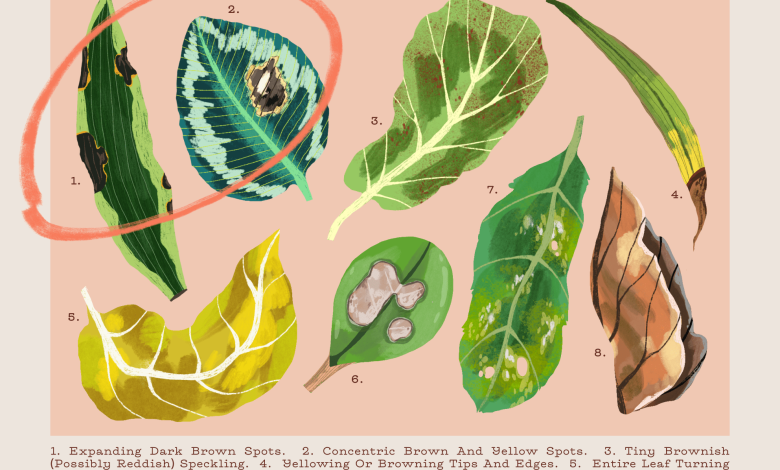
It is possible that you have detected yellow spots on the leaves or chlorosis on some of your vegetables. Below I will tell you what the causes of yellow spots can be and how to solve this problem with ecological and environmentally friendly methods.
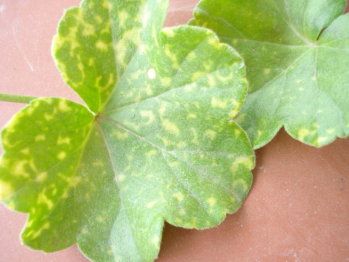
Symptoms of problems in plants, such as the appearance of yellow leaves, can be due to a wide variety of causes: damage from pests, diseases (bacteria, fungi, viruses…), problems in the substrate, such as lack of nutrients or excess salinity, or even plant imbalances due to environmental conditions (light, pH, humidity…).
Causes of yellow spots on plant leaves
Detecting what is the cause of the yellow spots on the leaves is the first step to be able to fight against the problem.
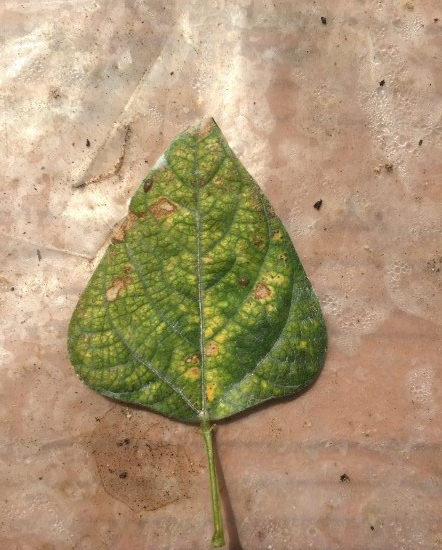
I recommend that you analyze the different causes of this symptom and, depending on the crop in which the yellow spots have appeared on the leaves, the type of spots and the specific conditions of your orchard, rule them out until you find what it is probably the cause of the yellow leaves.
1. Yellow and green leaf spots caused by viruses
The main symptom of the presence of viruses in plants is yellow spots on the leaves. Changes in the shape and color of the leaflets appear. Yellow and light green areas (chlorosis) alternate on the leaves with normal green and dark green areas (so-called mosaics). The leaves are deformed curling curled or with a thread-like appearance.
One example is the Tomato Mosaic Virus (ToMV), another is the Tomato Browning Virus (TSWV), whose symptoms you can see in the photo.

In the post « Viruses in garden plants « we explain in greater detail what are the main viruses that can affect garden plants and cause chlorosis in the leaves and what exactly are the symptoms.
The worst thing that could happen to you is that this is the cause of the yellow spots on your plants, because diseases caused by viruses have no solution. You will not be able to use an ecological treatment that is effective, so you must eliminate the plants as soon as possible to prevent the problem from spreading.
There are two very effective ecological methods to disinfect the soil in the event that your plants have been affected by viruses or nematodes. These are solarization and biosolarization.
2. Yellow leaves due to lack of nutrients
Nutrient deficiencies produce symptoms on the leaves and fruits, such as necrosis (dead black tissue), wrinkling or yellowing.
There can be many types of deficiencies, but the main ones that produce yellow color in the leaves or chlorosis are those of nitrogen, phosphorus, magnesium, iron or manganese. In this link you can see more details about the symptoms of nutrient deficiencies, such as this very common yellow spots.
If the chlorosis or yellow color in the leaves appears first in the new leaves and shoots, the deficiency will probably be micronutrients (iron, manganese…). On the contrary, if there are many yellow spots on the old leaves (those on the bottom), we will think of macronutrients such as nitrogen, phosphorus or magnesium.
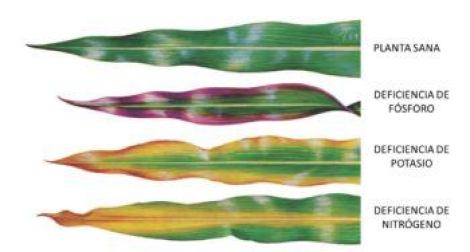
This is a fairly extensive topic so we will cover it in more depth in other blog posts. For now, I refer you to this article in which you can learn a lot about deficiencies, why they occur, what the symptoms of each of them are and how you can solve them: Mineral nutrient deficiencies.
The main solution to solve the problem of leaves with yellow spots due to lack of nutrients is, of course, fertilizing the soil to provide nutrients. You can see more about the fertilization of plants in the post 5 ways to fertilize the organic garden.
3. Yellow spots on the leaves caused by fungi
The yellow spots on the leaves may also be due to mildew (a fungus that usually affects vines and solanaceous plants such as tomato, potato, aubergine, pepper…) or rust (more common in legumes, in lilies such as garlic, onion, leek, asparagus, etc. or in ornamental plants such as rosebushes). As time goes by, the yellow spots will turn brown and end up drying if you don’t act on time.

These fungi can also produce other symptoms that will help you detect them more accurately. For example, when there are yellow spots produced by fungi on the upper surface of the leaves, a different coloration can also be seen on the underside (whitish powder, in the case of the midiu, or black or reddish dots, like pustules, if deals with rust).
You can find more information about fungal diseases in the entry Mushrooms in the garden. If the yellow spots on the leaves of the plants are caused by fungi, ecological fungicides will be very useful to fight against them.
4. Yellow spots on the leaves caused by whitefly or red spider mites
Whitefly or mite pests such as the red spider or the white spider feed on the sap of plants thanks to their biting-sucking mouthparts with which they bite the leaves.
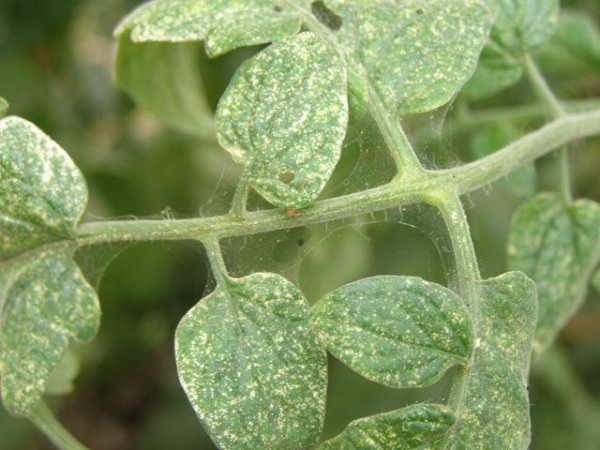
These insect bites leave small yellow dots on the leaves and cause the expensive spots to appear around them until the entire leaf is light green or yellowish and begins to dry out.
To fight these pests, if you do not want to use artificial or synthetic products but instead want an organic and chemical-free garden, you can apply one of these natural or organic insecticides.
5. Yellow leaves due to nematodes
Nematodes also produce this symptom on the leaves. Although the main nematodes are root nodules, these nodules or protuberances prevent the plant from properly absorbing water and nutrients and this also affects the leaves.
The consequence of this is that the leaves wither and turn yellow. More information about this in the post Nematodes: what they are and what to do if they cause diseases in the orchard.
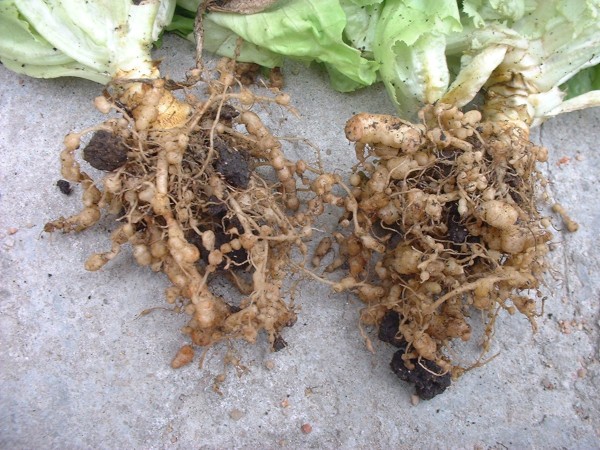
6. Leaves with yellow edges due to lack of moisture
The lack of humidity produces yellow spots on the edges of the leaves, they can even wither. Other symptoms of this problem are brown tones on the tips or the fall of the leaves.
References
- Barnazá, M., 1998. Analysis of plants and visual symptoms of nutrient deficiencies. Agronomy faculty. University of the Republic. Montevideo, Uruguay.
- Pariona, D. et al., 2001. Diseases in vegetables. Manual RI nº 5 of the National Institute of Agrarian Research (INIA). Ministry of Agriculture and Irrigation of Peru.
- O’Farrill-Nieves, H. & Medina Gaud, S., 2007. Common garden pests, identification and integrated management. University of Puerto Rico, Agricultural Extension Service.
I hope I have helped you to detect what your yellow spots are due to. You already know that you have more articles on plant problems in the “Pests and diseases” category and that you can tell us about your experiences and doubts in the comment thread below.

